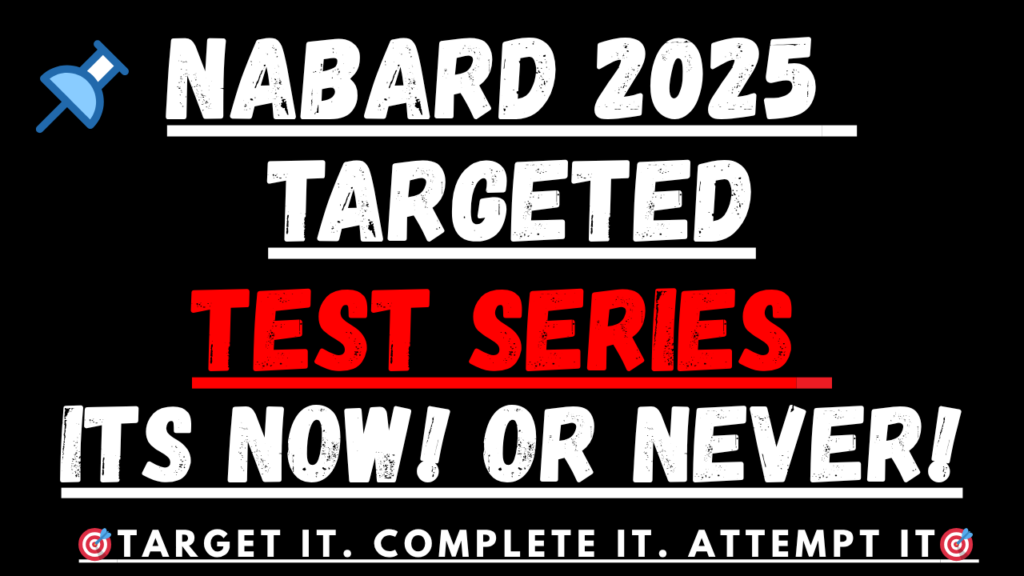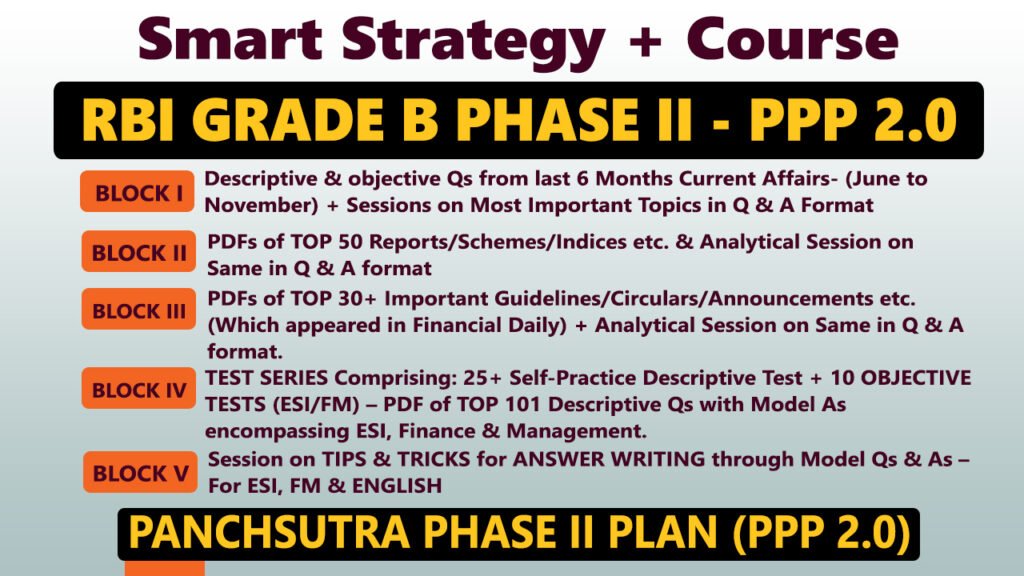Context:
With daily UPI transactions crossing 60 crore, RBI Governor Sanjay Malhotra has emphasized the urgent need for a sustainable financial model to support and maintain India’s fast-growing digital payments infrastructure.
Key Highlights:
Explosive Growth of UPI
- UPI volumes doubled from 31 crore to 60 crore transactions per day over the last two years.
- The scale of operations now demands a robust funding mechanism to cover rising operational and infrastructure costs.
Need to Reassess Cost Structure
- Malhotra noted: “Costs will have to be paid, someone will have to bear the cost.”
- Currently, the government is subsidizing UPI transactions, enabling the system to remain free for users and merchants.
Industry Demand for MDR Reintroduction
- Merchant Discount Rate (MDR) was reduced to zero on Jan 1, 2020, to promote UPI adoption.
- Banks and fintechs argue this model is unsustainable amid rising technology and compliance costs.
- Industry is lobbying for a modest MDR, especially on high-value transactions or large merchants.
Government’s Position
- The government maintains that UPI is a “digital public good” and must remain free.
- To balance sustainability and adoption, the government has instead chosen to incentivize ecosystem players rather than levy charges on users or merchants.
Public Sentiment Strongly Against Charges
- Surveys indicate that most UPI users would stop or reduce usage if transaction fees are introduced.
- Malhotra acknowledged the success of the subsidy approach, which has significantly boosted digital payments adoption across India.



















